Why fraudsters love the post-pandemic retail reality and ID verification is coming to grocery retail
Global retail fraud is estimated to be $32 billion annually. This means that it's costing retailers an average of 3% of their sales, or $93 billion each year.
The worst part is that this number has increased by over 50% in just three years. Retailers are losing billions every year because they're failing to protect themselves against cyber attacks and fraud.
In 2020, e-commerce took a tremendous leap forward.
As a result, fraudsters have been able to take advantage of the digital revolution by exploiting weaknesses in our payment systems. They’ve found ways to manipulate payments and steal identities from unsuspecting consumers.
In 2020, e-commerce took a tremendous leap forward. The rise of mobile devices meant that people could shop from anywhere at any time; social media made it easy for people to share what they were up to.
And digital payments made it easier than ever for anyone with an internet connection (or even just a smartphone) to make purchases online or via their mobile device.
All these factors combined together into one big push toward greater convenience, which is why we saw such explosive growth in online sales over the last decade — but there was one problem: this explosion wasn't without its side effects...
With in-person shopping banned for the foreseeable future and even a walk down the street becoming uncertain, more shoppers than ever are heading online to buy groceries.
The pandemic has changed shopping habits, and the way people buy groceries.
With in-person shopping banned for the foreseeable future and even a walk down the street becoming uncertain, more shoppers than ever are heading online to buy groceries.
Online grocery purchases have increased by 30% overall since 2023 (1). The shift is mostly due to a desire among shoppers to avoid crowded stores and long lines, but it’s also because many people can no longer drive or walk outside their homes at all.
“I don’t like being around people right now, so online shopping suits me just fine,” says one respondent who spoke anonymously. “
The pandemic has made me realise that I need peace and quiet when I go out these days. It feels safer buying my groceries from home instead of going out into crowds where there might be infected people lurking about”
“Plus if there were an outbreak here in my neighborhood? There would be nowhere else for us all to go except our homes anyway! This way we can still get food delivered without having to leave our houses at all.”
As customers’ lives and shopping habits have been turned upside down by the pandemic, so too has the fraud problem.
As customers’ lives and shopping habits have been turned upside down by the pandemic, so too has the fraud problem.
Fraudsters are already targeting grocery retailers with fake orders and stolen credit cards to buy groceries online, using fake email addresses to register for loyalty programs or create new accounts, and creating false identities.
The post-pandemic retail reality is that customers have a lot less time to spend in stores—or even get out of bed at all—so they're relying more heavily on digital channels for their shopping needs.
In fact, Nielsen found that consumers are now spending nearly half (49 per cent) of their time digitally connected every day.
That means there's an increasing amount of opportunity for criminals to exploit this shift by using fraudulent identities or using stolen credit cards and other payment methods online in order to steal money from grocery stores' coffers.
Why fraudsters are loving the post-pandemic retail reality
Given the current retail climate, fraudsters are loving the post-pandemic retail reality. They can use this to their advantage to steal identities and use them to buy goods.
In fact, there have been reports of identity theft in grocery stores since people started getting back on their feet after being sick in bed for weeks on end.
The reason why this is happening is because of how quickly many grocery stores are popping back up around town.
It’s a bit like someone who used to be stuck at home with bronchitis suddenly deciding that they can go out and do some shopping at Walmart or Target again; only instead of walking into a store with an already established identity (which was probably compromised when they were sick), they’re starting from scratch in a newly reopened grocery store where no one knows who they are yet.
So if you want groceries now, you have to start by proving yourself as an individual first! And apparently most people don’t know how or don't care enough about doing things properly in order not get ripped off by fraudsters themselves.
Why 'digital identity' is a really important concept
You might think fraudsters would be loving the post-pandemic retail reality, but you’d be wrong. Here’s why: they are unable to steal your data in order to impersonate you and do something illegal with it.
This means that they can no longer use stolen credit card information or fake bank accounts to buy expensive items online—and then sell them on local marketplaces like Craigslist or eBay.
Similarly, if someone wants to steal your identity and commit fraud using your credit card number or banking information, he needs some way of verifying it is actually yours before he uses it for nefarious purposes.
Otherwise, his actions would quickly get noticed by banks (if not by law enforcement) and shut down before any damage could occur.
This makes digital identity verification a really important concept for retailers as well as consumers because it allows businesses to know who they are dealing with when making large purchases (eBay), storing goods safely while waiting for delivery (Amazon Prime), delivering goods securely without fear that they will be lost or damaged during transit (FedEx), handling returns painlessly without wasting anyone's time (Best Buy).
How will this change consumer behaviour?
Here are some ways that our data-driven, hyper-connected world has changed grocery retail:
● Shoppers will be more cautious about buying online: With so many fraudsters out there, consumers are now more careful about where they shop online and what they buy.
They’re also more selective with their personal information, opting for only the most trusted sites or payment methods to protect themselves against identity theft and other forms of fraud.
● Shoppers will be more careful about their payment information: As a result of this caution around personal security, consumers have become more discerning in terms of what payment information they share with retailers and when they do so (after all, why should you trust anyone with your bank account details?)
And while we don’t deny that you should always check that the URL is legit before entering any sensitive data into an unknown website or app — which is good advice regardless — this awareness means that shoppers have become less likely to give away any kind of info without first verifying it thoroughly using tools like an IP address verification tool
Conclusion
With the retail industry still recovering from the effects of the recent pandemic and identity verification becoming more important than ever, it's up to all parties involved in fraud prevention to work together.
Retailers must adopt new technologies like biometrics and risk management tools while banks need to be able to verify customers' identities quickly and efficiently so that they can continue to have access to their funds without delay.
The best way for both groups is through collaboration between them as well as other stakeholders such as governments or law enforcement agencies


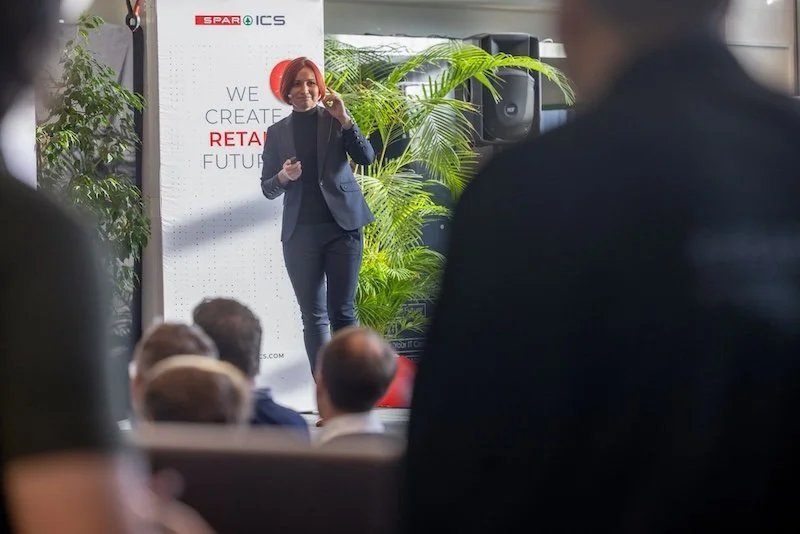


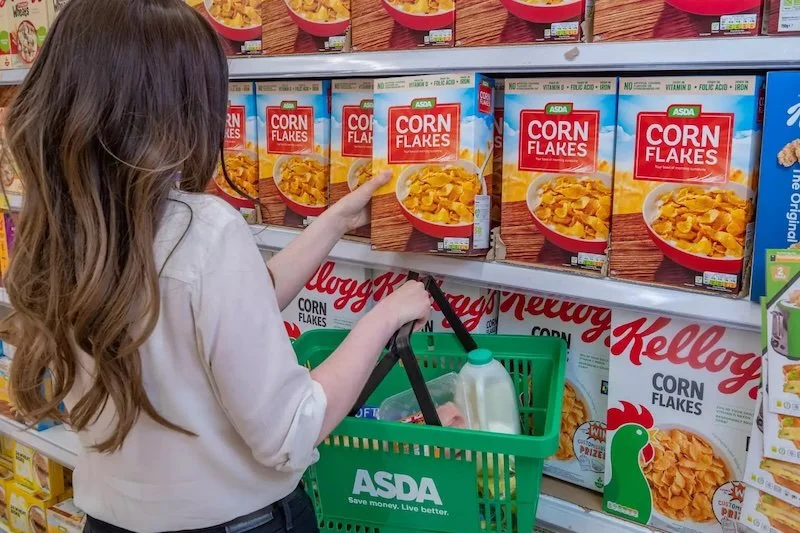
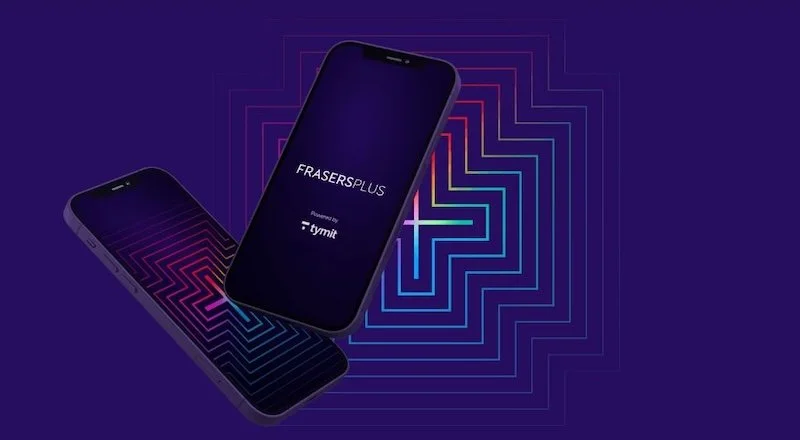
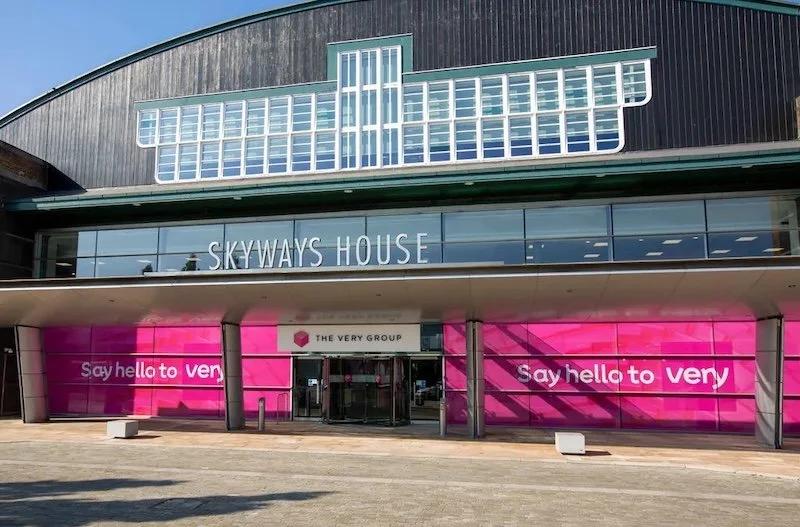




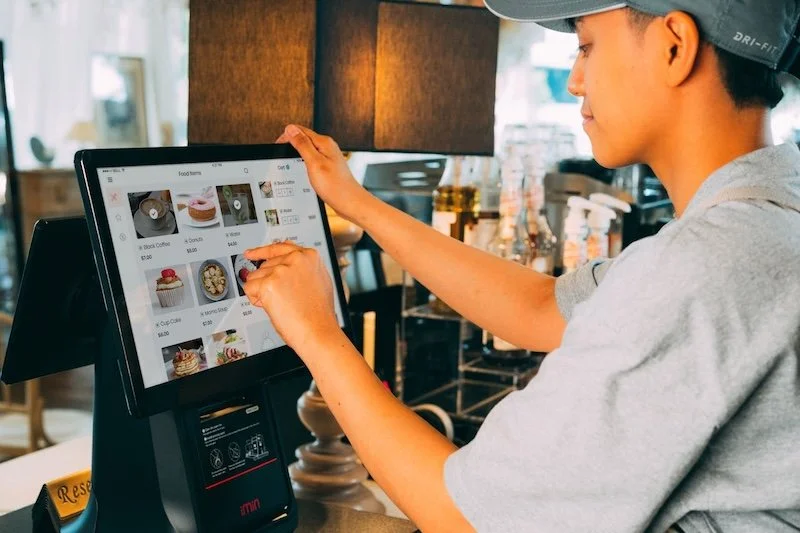


Continue reading…